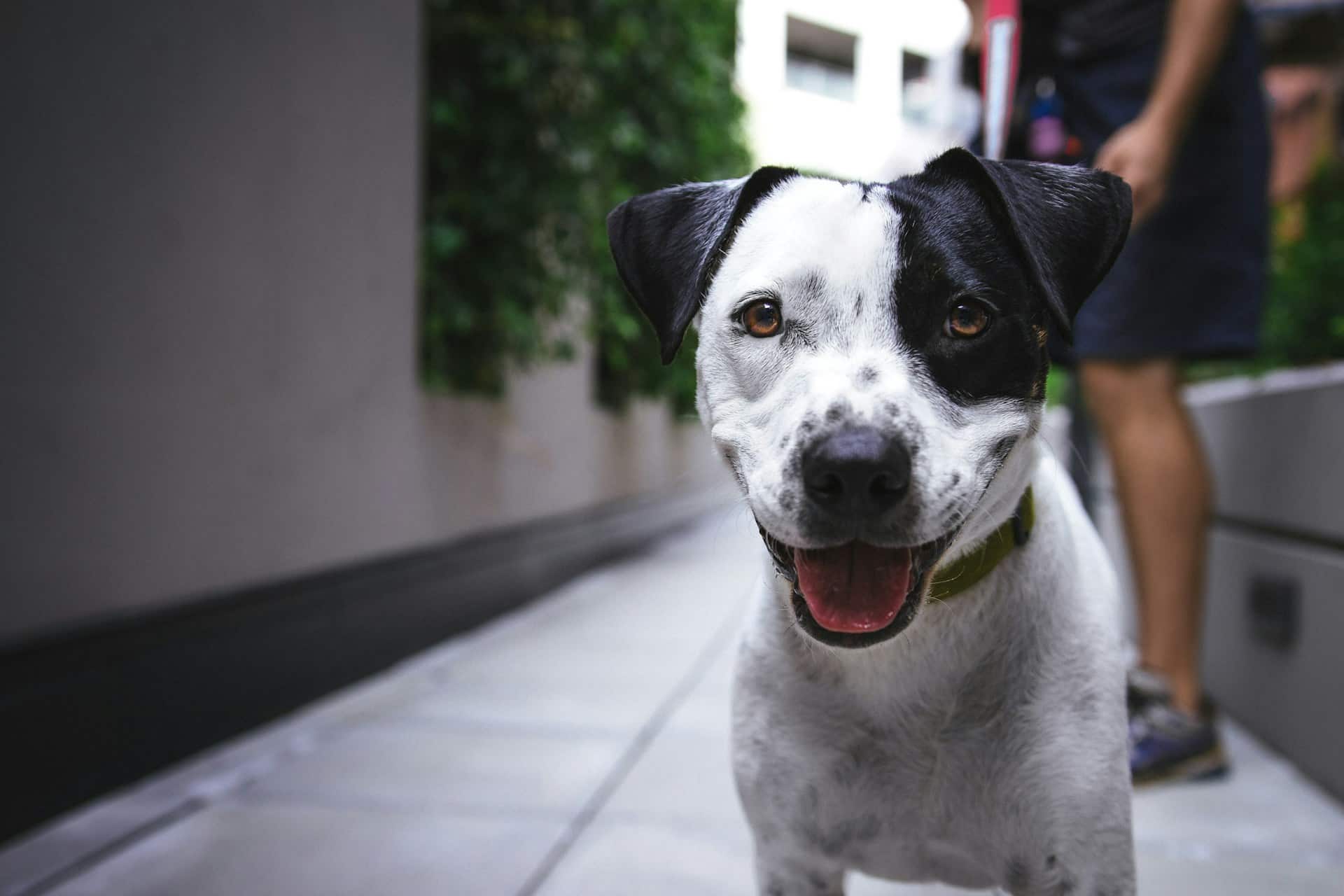What’s the Best Technique for Introducing a Service Dog to Public Transport?

Service dogs are more than mere pets. They are specially trained animals that help people with disabilities live more independently by performing various tasks. You may wonder how these animals are taught to navigate the complexities of public transit, like buses, trains, and subways. The answer lies in a combination of careful training and exposure. Your task, as the handler, is to guide and support the service animal through this learning process, which will help them become more adept at public transportation.
Choosing the Right Service Dog
Before starting the process of introducing a service dog to public transit, it’s crucial to have the right dog for the job. Not all dogs are suited to this kind of work. The dog should be calm, adaptable, and willing to learn. Service dogs are often breeds known for their intelligence, such as Labradors and Golden Retrievers, but the individual dog’s personality is more important than the breed.
Avez-vous vu cela : How to Introduce a Labrador Retriever to Water Activities Safely?
You also need to work with a reputable organization that trains service dogs. These organizations will help select a dog that matches your needs and lifestyle, provide initial training, and offer support throughout the dog’s working life. The training for service animals can take up to two years, and includes mastering basic obedience, learning specific tasks related to the handler’s disability, and getting used to being in public places.
Training Your Service Dog for Public Transit
Public transit can be an overwhelming environment for many dogs. The crowds, confined spaces, and loud noises can be stressful and might trigger anxiety or aggressive behavior. Therefore, it’s essential to ease your service dog into this new experience gradually.
A lire en complément : How to Develop a Grooming Routine for a Dog with Sensitive Skin?
Start by training your dog to be comfortable around vehicles. This could mean walking near buses and trains without boarding, or riding in a car with the windows down to expose the dog to similar noises. Reward calm behavior with treats or praise, and avoid punishing the dog for showing fear or anxiety. Over time, the dog will associate vehicles with positive experiences, making it easier when the time comes to board a bus or train.
Exposing Your Service Dog to Crowded Places
The next step in the training is to introduce your service dog to crowded places. Service dogs need to be comfortable around people, and public transit often involves navigating through crowded spaces.
Start by taking your dog to places with a few people, then gradually increase the number of people until the dog is comfortable in crowded places. Always monitor your dog’s behavior and take a step back if they seem to be getting overwhelmed. Remember, the goal is not to make the dog tolerate crowds, but to make them comfortable. Your dog should be able to perform their tasks without being distracted or stressed by the people around them.
Practicing Boarding and Exiting Procedures
Once your dog is comfortable around vehicles and crowds, it’s time to practice boarding and exiting public transit. This can be tricky for dogs, as they need to stay close to their handler and avoid getting in the way of other passengers.
Start by practicing on empty or less-crowded buses or trains. Teach your dog to wait for you to board or exit first, and to find a suitable spot once on board. Use a command, like "sit" or "stay", to ensure they remain in their spot during the journey. Continue practicing this in various environments and situations until you and your dog are confident.
Reinforcing Good Behavior
Throughout the process of introducing your service dog to public transit, reinforcing good behavior is key. This involves rewarding the dog whenever they perform the desired action, such as boarding a bus calmly or finding an appropriate spot to sit.
Positive reinforcement helps the dog understand what is expected of them and encourages them to repeat the behavior. Treats, praise, and physical affection can all be used as rewards. Remember, consistency is crucial. Make sure to reward your dog every time they perform the desired behavior, not just occasionally.
In conclusion, introducing a service dog to public transport requires careful planning, gradual exposure, and positive reinforcement. By following these steps, you can help your service dog navigate the complexities of public transit, allowing them to better assist you in your daily travels. However, it’s important to note that every dog is unique, and what works for one dog may not work for another. Always work at your dog’s pace and consult with a professional if you’re having difficulties.
Understanding the Law and Rights of Service Dogs in Public Transit
It is pivotal to fully grasp the legal framework surrounding service dogs on public transport. This is not only for your own awareness, but also to educate others who may not be familiar with the rights of service animals and their handlers.
In the United States, under the Americans with Disabilities Act (ADA), service animals are allowed on public transportation. This includes buses, trains, and subways. In cities like Los Angeles, service animals are even permitted on air travel. The policy is clear: service dogs have the same rights as passengers.
However, it’s important to note that there are some exceptions. While pets are allowed on most public transport, this doesn’t always apply to larger animals due to floor space limitations. Thus, guide dogs and other large service dogs may sometimes encounter restrictions.
More broadly, it’s important that your service dog is easily recognizable as a working animal. Many handlers use a harness, vest, or other physical indicators to show that their dog is not a pet but a service animal. This can help prevent misunderstandings and ensure your dog is allowed to accompany you.
Also, remember that the ADA protects the rights of handlers. It is illegal for transport staff to ask you about your disability or demand proof of your dog’s training. However, they may ask if the dog is required due to a disability and what tasks it has been trained to perform.
Anticipating and Managing Challenges with Public Transit
Public transit can present unique challenges for service dogs and their handlers. From dealing with crowded spaces to navigating floor space, it’s important to anticipate potential problems and have strategies in place to manage them.
One of the biggest challenges can be finding appropriate floor space for your dog, especially during peak hours. Many handlers find it useful to practice ‘tucking in’ their dog — a technique where the dog curls up under a seat or at their handler’s feet. This not only ensures that the dog takes up minimal space but also keeps them safe from being accidentally stepped on or bumped by other passengers.
Another common challenge is dealing with other passengers who are either fearful of dogs or overly enthusiastic about them. It’s crucial to stay calm and polite in these situations, explaining that your dog is a service animal and not a pet. If someone insists on petting or distracting your dog, it might be necessary to firmly but politely ask them to stop.
Concluding Remarks
In conclusion, successfully introducing a service dog to public transport requires a blend of comprehensive training, gradual exposure, and an understanding of legal rights. It’s a slow and meticulous process, tailored to the unique needs and pace of each service dog. Remember, the ultimate goal is to enable your service dog to handle the hustle and bustle of public transit with ease and confidence, allowing them to aid you effectively in your daily commute.
Moreover, it’s cardinal to anticipate and prepare for challenges that might arise during travel. With patience, consistency, and a lot of practice, your service dog can become a reliable companion, making public transit a less daunting experience for you both.
Remember, a well-prepared service dog not only makes travel easier for their handler but also sets a positive example for the public, fostering a more understanding and pet-friendly society.
Disclaimer: While this guide provides general advice on training your service dog for public transit, it’s always advisable to seek professional guidance tailored to your specific circumstances. With the right support and resources, your service dog can navigate any journey, no matter how complicated it might seem at first.
